
by Gerry White
As a child I read that Wilmot Road had been named after Lord Wilmot a supporter of King Charles, and his son Prince Charles, who escaped to France, this could not have been done without the help from the Noble Lord.
I also found out that Lennox Road, was named after an earlier Member of Parliament, who had represented Shorcham. I had never before given much thought to the origin of Street names. Therefore I decided to make notes and to find out more about other streets in this ancient town. I was not disappointed.
Of course, some street names are straight forward. An example such as Adur Road therefore needs more explanation, and of litlte interest, so I wil not include the obvious. It seemed too formal to include them alphabetically. So l have written them in the order in which I unmasked them, this may appear to be haphazard, but neverthcless interesing, and full of surprises. The reader will find that the names relate to the towns maritine heritage, howewer the early days of filming on the beach, is not remembered, a name like ‘Film Studio Way’ might have been considered suitable. perhaps with less road making on the Beach, then it is an opportuniy lost.
Shoreham has such a rich heritage, and much of its long history can be found. The clues are in the street names. I have not been able to confirm all the information given, this offers the reader the opporturity of making up their own mind as to the veracity of the many stories and therefore considered reliable.
the town with its local amenities such as the harbour, airport, the river Adur and the Downs offers those who name roads rich pickings. The reade should not be surprised that some road names reflect its locality in Sussex, and go beyond the boundaries of Shoreham-by-Sea.
Colvill Avenue An unusual name, it related to Colonel Bridger JP, one time owner of Buckingham House, and Adur lodge, the residences of this 19th century gentleman and land owner who employed many locals on his estates. Colvill Bridger was buried in Old Shoreham St Nicholas Churchyard.
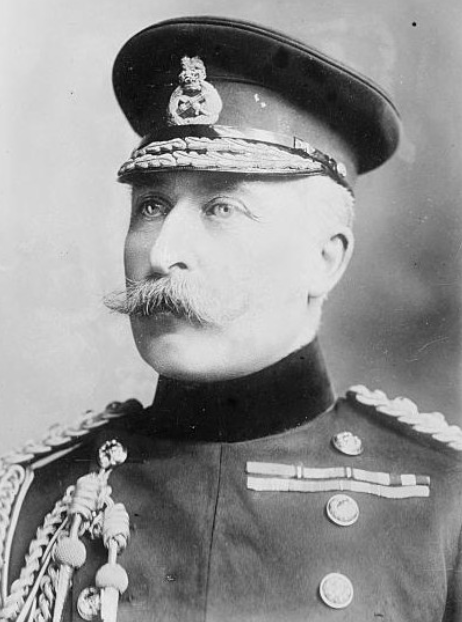
Connaught Avenue In 1921 Prince Arthur, Duke of Connaught and Earl of Sussex, opened the Ex Serviceman’s Club, dedicated to local Veterans of the Great War. The Prince was the seventh child of Queen Victoria. The club was situated on what is now part of Greenacres, it subsequently became the gymnasium, for the Shoreham Grammar School playing field. Mr and Mrs Chitty, lived in a cottage adjacent to the Gymnasium, he was caretaker and groundsman. The front door of this cottage now gone faced West. During WW2 the gymnasium was the HQ of number nine (Shoreham) platoon of the Sussex Home Guard. It seemed natural to name Connaught Avenue after the Duke of Connaught.
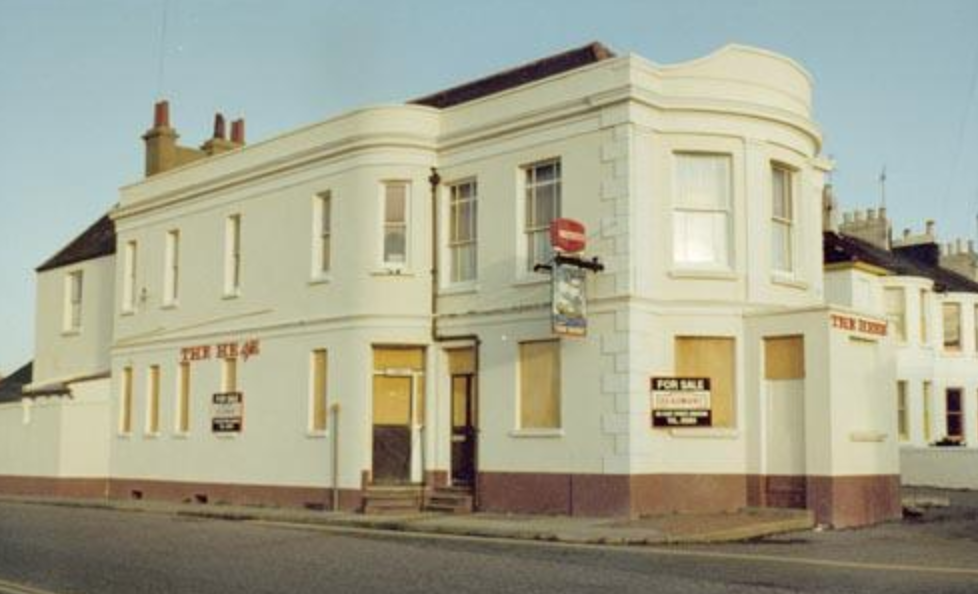
Hebe Road Hebe is the name given to a low flowering shrub. It was also used by the Navy to name a line of ships, the last being a WW2 Minesweeper. The Hebe public house, stood at the junction of Hebe and Victoria Road. A popular place it had an activity room, where private parties were held. During the 1950s the Ancient Order of the Druids held their lodge meetings there. A banjo and accordion band run by Frank Beeler, and Harold Snelling, the Hight Street butcher, held rehearsals in the first floor room. Now the Hebe no longer a public house, stands as a small pleasant two storey block of lats. Originally it had been built to represent the shape of a pinnace, a 32 gun warship, the largest type of wooden craft built in the local shipyards
Brunswick Road Now a shopping thoroughfare, Brunswick Road was originally lined by dwelling houses. The Post office was built towards the end of the Great War 1918, this was to accommodate the huge volume of mail caused by the influx of Soldiers, all writing home to loved ones. In 1900 the Methodist Chapel was built by the local Wesleyan society.Caroline of Brunswick, the much troubled wife of King George IV. They married in 1798.
Victoria Road Her Majesty the Queen Victoria lent her name to this road.
Shirley Close This quiet close is named after the Shirley Brothers who lived at Wiston House near Steyning. The brothers who were known on several continents were much travelled. During the Seventeenth century, when the three brothers did much of the journeying, they travelled by sea from their start point atthe seaport of Shoreham.
Dolphin Road For many years, before the arrival of the railway in 1840, Dolphin Road with its proximity to the Kingston Wharves, was acentre of much industrial activity. In the 17th century, Charles II encouraged a form of Piracy, letters of marque were given to a number of sea captains, to permit them to sack and loot Continental vessels, in order to boost the coffers of the Crown. In 1627 Captain William Scras, the captain of the Dolphin, a pinnace of 120 tons was given his ‘letter’ and he did not disappoint the King. In March 1628, the crew of the Dolphin took seven Dutch ships, during one month, and in April she took a French barque, laden with sixty chests of Sugar, then a very valuable commodity.
Often the hull of ships like the Dolphin were hauled ashore, this was after sea going days were over, and upturned they made a useful shed for storage. It may be that The Dolphins Hull gave its name to the Road. Captain Scras on his death in September 1683, was buried in St Botolphs Churchyard, where a headstone bears his name.
Falcon Close A Shoreham built ship, called The Falcon of 240 tons, and bearing 24 guns, had a very short life. She had been under the Command of Henry Middleton, and was employed upon cruising duties in the Channel. In 1695 the Falcon was taken by three, fifty gun French ships, he was off the English Coast, Henry was Court Martialed, and found guilty of an error of Judgement, by not running a shore, thus keeping her safe from the French. He was fined three months pay. Later, the Falcon was recaptured by the Rodney in 1703, but was no longer fit for duties in the Navy. Falcon Close takes its name from the Royal ship.
Feversham Close This close takes its name from another Shorehan built ship. A fifth rate ship of 372 tons carried 32 iron guns, The Feversham‘s duties included convoy and cruising duties. In 1696 her captain was Robert Thompson. Sadly during the North American campaign whilst captained by Robert Paston she foundered during a storn off Cape Breton with the total loss of Captain and crew. In recent years, divers rediscovered the remains of the wreck of the Feversham. Several coins and pewter plate confirming the date and name were found at the site.
Fowey Close This pleasant corner of the beach, takes its name from yet another Ship built in Shoreham. The Fowey was a 377 ton 32 gun pinnace, her sailing duties under Captain Charles Ratcliffe included cruising and convoy duties. The Fowey was taken by a French Squadron off the Scillies in 1704.
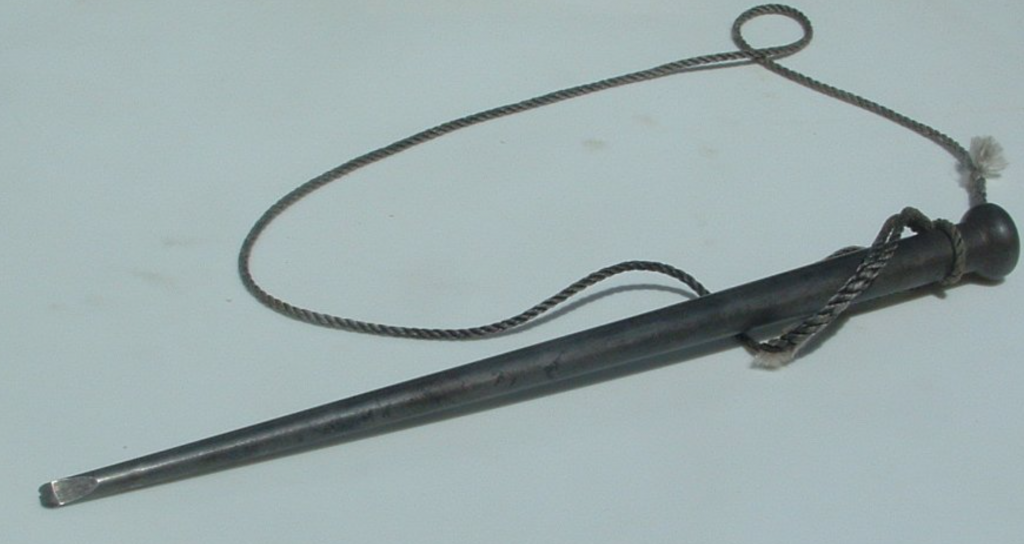
The Marlinspike Situated on the beach, this road takes its name from a classic nautical tool for splicing ropes, and various tasks on board ship. Made usually of metal, and sometimes made from a hard wood They were also a useful tool in attack and defence in the long wars at sea. Seamen of old were highly skilled in the various usage of the Marlinspike.
Flag Square Flags the symbol of an Institution or Nationality, were very important at sea, they assisted in recognition of friendly or foreign ships. A long well developed system of comunication using Signalling flags, both semaphore, a sailor with two flags using a code and in plain English, and large flags hoisted aloft to facilitate a Captain in sending messages, ship to shore or ship to ship. Probably the most famous message sent by Signalling flags was from Lord Nelson to his fleet at Trafalgar, was “England expects every man to do his duty”. The childrens TV programme takes its name fron a naval flag Blue Peter’ meaning ‘We are about to sail, from harbour’.

Mansell Road This road built in the late 1950s, takes its name from Francis Mansell, a merchant who regularly traded with the continent. Colonel George Gunter, who was organising the escape of Pince Charles to France, consulted Francis Mansell and was introduced to Captain Nicholas Tattersall, who agreed to take the Prince in his ship The Surprise, for the sum of £60. On the restoration of the Monarchy Mansell was awarded a pension of £200 per year. His ship was later renamed the Royal Escape. The Sussex Yacht Club now have an annual sailing event to France, called the Royal Escape in memory of the event, famous in the annals of English history.
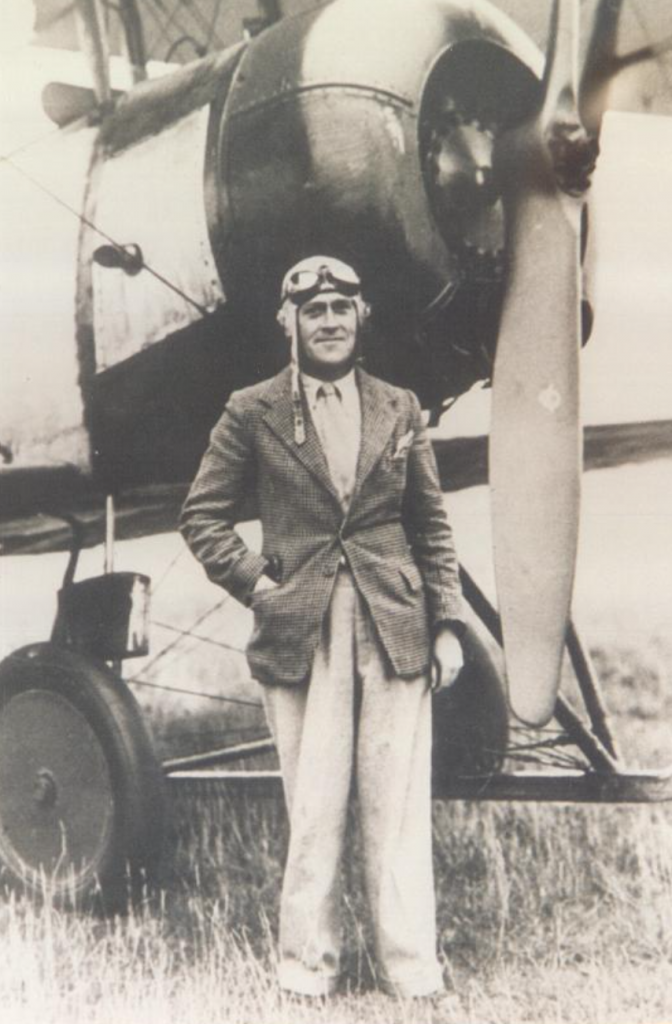
Cecil Pashley Way Brothers Cecil and Eric Pashley, were veteran aviators connnected with Shoreham Airport, which was registered in 1911. Both served as pilots in the Royal Flying Corps. Sadly Eric was killed in a crash during the War. Pash as he was known, founded a flying School at Shoreham, and many owe their flying skills to Cecil’s mastery of flying and navigation. During the inter war years, Pash organised flying displays, and air races.
In the second world war he joined the Royal Air Force as a flying instructor and was posted to Bulawayo in Rhodesia at RAF Station Kumalo where he passed on his Flying skills onto South African pupil pilots, under the Empire Training Scheme. In the years after the war Pash continued working and flying at his flying school at the airport. Pash was buried in Mill Lane cemetery, where a headstone tells of his achievements. At the centenary of his birth, Sir Peter Masefield, chairman of the Civil Aviation Authority, unveiled a plaque on the wall of Cecil Pashley’s old Flying club. Cecil Pashley Way forms the perimeter road at Shoreham Airport .
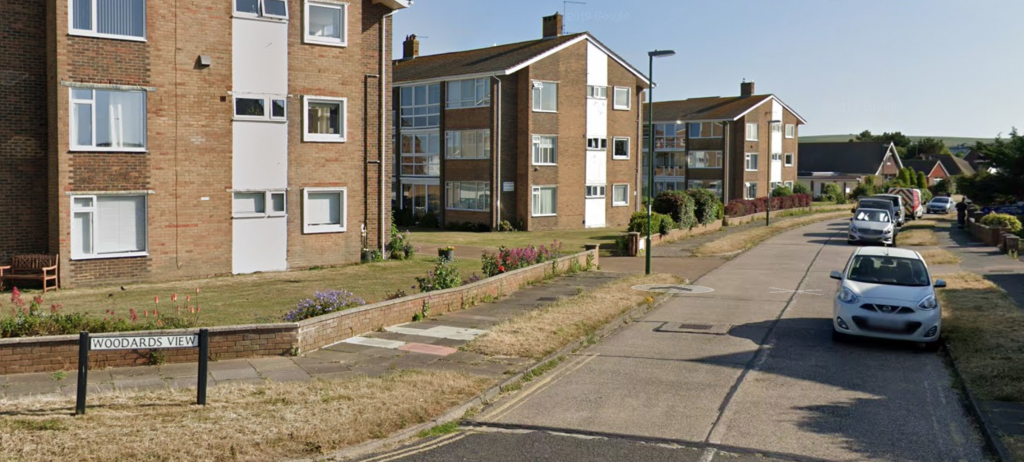
Woodards View The road of this name, on the beach, can only be attributed to Nathaniel Woodard, he was a nineteenth century vicar of St Mary’s Church, educator and builder of Lancing College, and Chapel. Nathaniel saw a need for the private education of Middle classes, and founded the Woodard Foundation, which has 35 schools around the Country. Ardingly and Lancing Colleges being two of them. A thrifty man the windows in the Chapel are made of recycled beer bottles, green on the North side,and Brown in the South. The floor of the chapel is covered with Portland Stone, the salvage from a wreck on the Sussex coast. He purchased the stone for £1. For those who have never visited Lancing College Chapel it is well worth the time just to see the architecture. It was a Lancing College pupil by the name of Piffard who flew his home made aeroplane from afield on the site of the Airport. Many ex-pupils of the College were killed in both wars. A war memorial on the South side of the chapel lists, on bronze plaques, the names of those who gave their all. In years past the Lancing and Shoreham branch standards of the Royal British Legion have attended, memorial wreath laying services there. Woodards View I hear you say, well now you know what it refers to.
Weald Dyke A road on Shoreham beach, one resident of number three I recall, received mail addressed to ‘Three Wheeled Bike’ which caused a laugh in the Post Office Sorting Office. The mail was duly delivered.
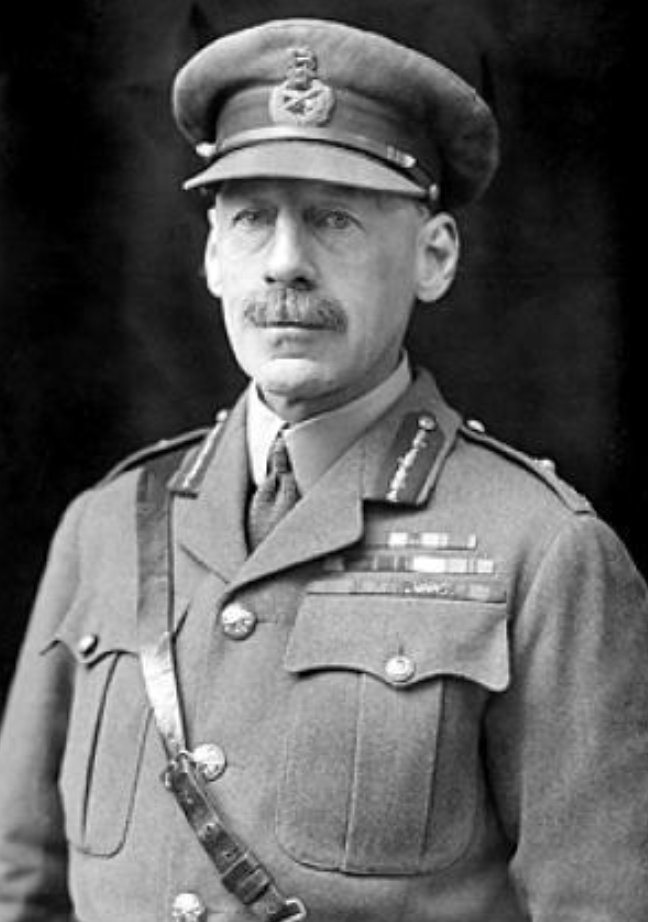
Gorringe Close George Frederick Gorringe born at Kingston by Sea in 1868, the son of a farmer, George joined the Army and followed a career, which led him to promotion of Lt General and Commander of the 47th Division. He fought variously at Mesopotamia, and in the South African campaign against the Boers. Knighted in 1915, mainly for his command of the British Expeditionary Force, in 1914. He was known for his blunt outspoken manner. He called the war to protect Mesopotamia from the Turks (oil had been discovered in what is now Iraq) a bastard war. This was because at Basrah, and Shaibah, it was exceedingly hot and covered with flies. As Commander of the 12th Indian division, he won several battles against the Turks and like Laurence of Arabia was praised and rewarded by Gen Allenby C in C Middle East land forces. From 1918 until his death in 1945, George Frederick Gorringe KCB KCMG DSO farmed at Kingston by sea. He is buried in St Julians Churchyard. Gorringe Close is named after an illustrious soldier. It may be worthy of note that George Gorringe served in the Royal Engineers, a regiment from which Commissions could not be purchased, a distinction shared with the Royal Artillery.

Adelaide Square William IV the King of England, was married to Queen Consort Adelaide of Saxe Meiningen. She was born in 1782, and lived until 1849. Although she gave birth several times, the children were stillborn. So they had no heir. William had ten illegitimate children by Actress Dorothy Jordan. A popular Queen consort, Adelaide lent her name to several towns and Cities, including Adelaide Square in Shoreham.
Clarendon Road Edward Hyde was the first Earl of Clarendon, a supporter of the King during the English civil war, he gave attendance to Prince Charles in exile in Paris, following the restoraion of the Monarchy. Edward was offered a Dukedom which he declined, not wishing to upset too many of his old Parliamentary adversaries. It is rumoured that the Prince had fathered a child born to Anne, the Noble Earl’s daughter. He found himself promoted to the job as Lord Chancellor, one who would not hold back the Monarch’s spendthrift ways.
Rosslyn Road Built in Victorian times this tree lined road may take its name from the Rosslyn Chapel, home of the Scottish Freemasonry and the Knight Templars who visited Shoreham en route to the Holy Lands. Some marks made by Templars exist on some pillars inside St Marys Church. Freemasonry has existed in Shoreham for many years. The name Rosslyn may have been chosen by an ex patriot Scot who was serving on Shoreham by sea Council.
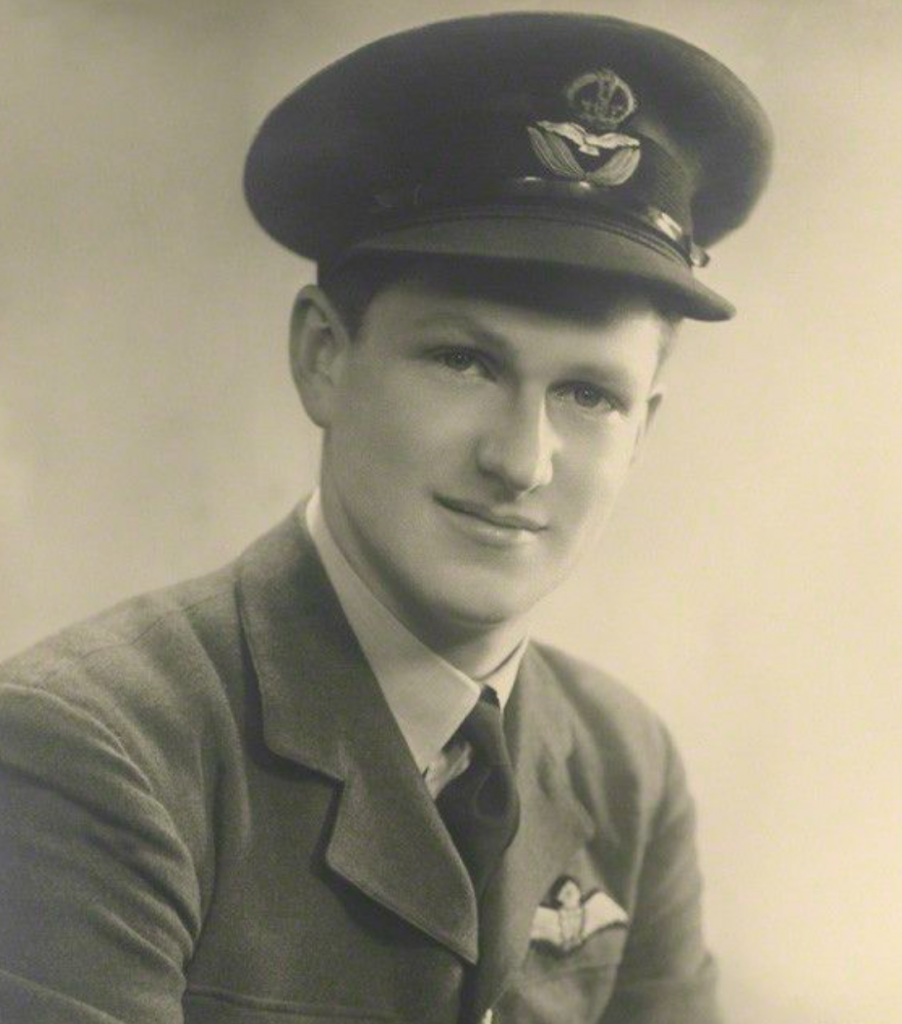
Nicholson Drive The only aircrew member to be awarded a Victoria Cross during the Battle of Britain when the Luftwaffe (German for Air Weapon) made repeated attacks on London in 1940, and launched major attacks on the RAF airfields this was known as Adler or Eagle day. When crossing the Channel the German pilots located West Pier and flew up West Street to the Railway station and followed the line to London. FtLt. James Brindley Nicholson VC lived with his sister and parents in a residence in Buckingham Road adjacent to where Nicholson Drive is now situated.
James was flying a Hurricane fighter over Southampton water when he spotted several German Aircraft. He pursued the enemy and gave several bursts of fire. In the melee, James’s aeroplane was hit and caught fire. Despite this he pressed home his attack and shot down an adversary. The job done he parachuted to safety, on landing an over-zealous member of the LDV Local Defence Force shot him in the Buttock with a .303 Lee Enfield rifle. As a result of his bravery James was awarded the Victoria Cross. Later promoted to Wing Commander, he lost his life when a Liberator in which he was a passenger disappeared over the Bay of Bengal during the Burma Campaign.
Ormonde Way Located on west beach, Ormonde Way is another reminder of the time when Prince Charles, son of Charles 1st escaped from England, arived safely, and lived comfortably in Paris. James Butler, the Marquis of Omonde was a Royalist supporter, and comforter of Prince Charles in exile. He came to the fore at the restoration when he was appointed leader of the Royalist forces in Ireland.
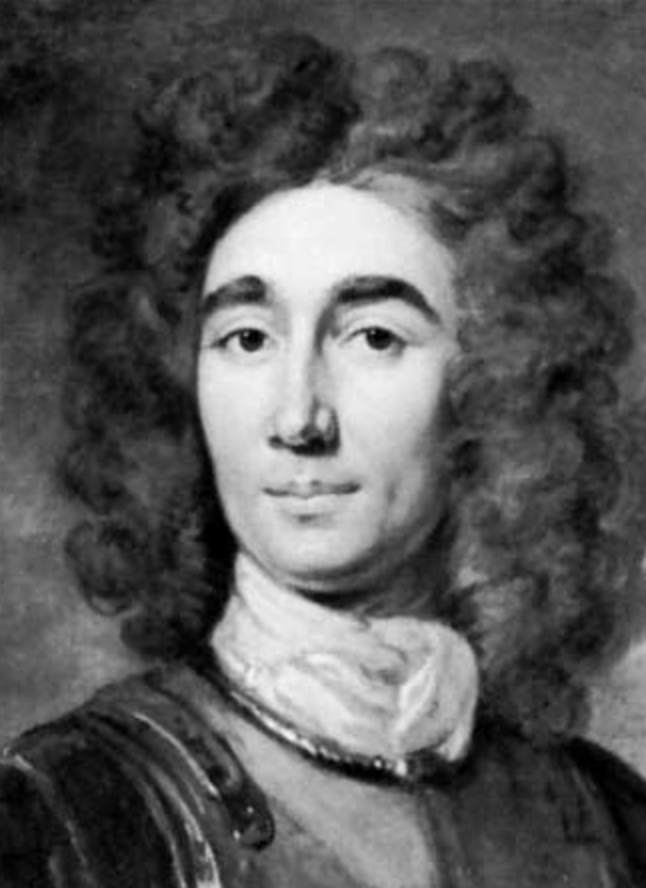
Benbow Close Situated on the beach, Benbow Close is named after a ’crusty seadog’ John Benbow, one of England’s most famous Admirals of the Royal Navy. A Shropshire lad John was born in 1653 and lived until 1702. From a young age he joined the Navy and had an illustrious career reaching the rank of Admiral of the White Nile. he commanded a number of ships of the line and fought at the “Battle of Beachy Head”. He was well known throughout the Navy as “Brother Tar”.
In a sea battle on the Main of the West Indies John Benbow lost his legs against the French. A well known sea shanty of the day, and sung in many ale houses recall the time:
Brave Benbow lost his legs, lost his legs
By chain and shot he lost his legs
Brave benbow lost his legs, lost his legs
And on his stumps he begs
Fight on my English lads
Fight on, tis our lot, tis our lot.
He is remembered by Robert Louis Stephenson, in his book Treasure Island, where the Tavern was called ‘Admiral Benbow.’
Hardy Close Thomas Masterson Hardy, was born in Greenwich in 1769, he joined the Navy as a lad, promoted to Admiral Hardy was famously known as Flag Captain to Admiral Lord Nelson, and commanded HMS Victory. As Nelson lay dying of his wounds during the Batle of Trafalgar, Nelson said to him ‘Kiss me Hardy’. Awarded the Knights Cross of the Order of the Bath, he died in 1839. Hardy Close is so named after this famous Vice Admiral of the Blue.
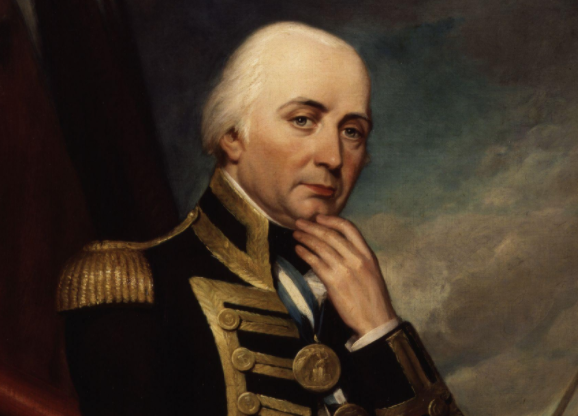
Collingwood Court Admiral Cuthbert Collingwood, was born 1748, at Newcastle on Tyne. At the age of eleven he joined the Royal Navy as a Midshipman. He rose to command many ships of the line, most famously the Royal Sovereign at the Battle of Trafalgar. Many ships commanded by Nelson, were then captained by Cuthbert. He died in 1810 of cancer, whilst still a Vice Admiral, Collingwood Court takes its name from this famous Seadog.
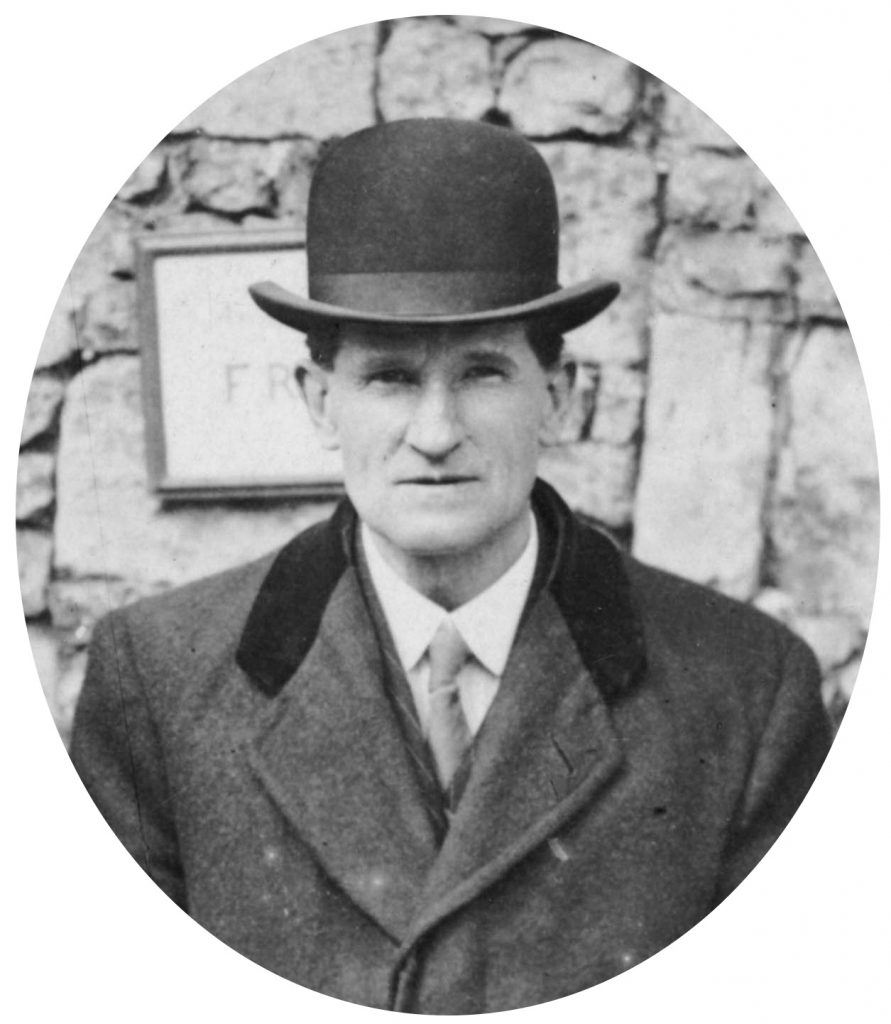
Cheal Close A story about the origins of street names in the town of Shoreham by Sea is not complete without saying something about the local historian and founder of Marlipins Museum. Henry Cheal who died in 1954 aged 81 wrote the ‘The Story of Shorehan’ and ‘The Ships and Mariners of Shoreham.’ As a boy I can remenber seeing Mr Henry Cheal sitting just inside the front door of Marlipins Museun, he was always writing notes. Clearly, Henry devoted much of his life’s work researching the history of the ancient town. Cheal Close takes its name from Henry – he would have been delighted to know about this recognition of his work.
The Street In Old Shoreham the street which connects St Nicolas church with the Downs, is probably the oldest thoroughfare in the town. Years ago Mr Frampton the farmer of Old Shoreham farm, would lead his cows from the Downs to his Milking parlour, thus walking the route, four times daily. The origins of buildings and Cottages, in the Street go back to time immemorial.
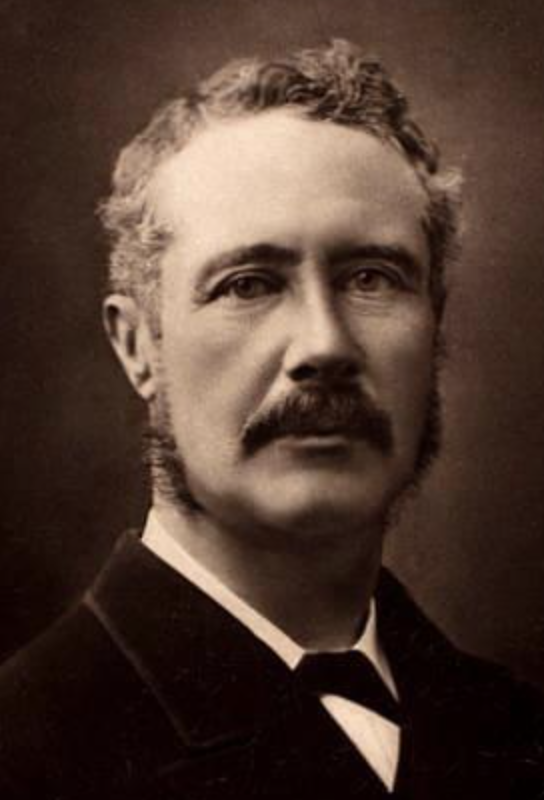
Gordon Road This town centre road, lined with Victorian and Edwardian properties, takes its name from Queen Victoria’s favourite General. Known as Gordon of Khartoum, and Chinese Gordon, from his days serving with the colours in far off China. General Charles George Gordon CB, Commanded British troops in the Boxer rebellion and was killed in Khartoum, the capital of Sudan. The way in which Gordon died is subject to question, however it occurred when he was trying to organise his troops against a siege army led by the Mahdi.
Ropewalk The Ropewalk goes back to the time of ropemaking. The road, more of a lane runs parallel with Victoria Road from Hebe Road and rans North to converge with Victoria Road. The lane is sufficiently long enough to take the simple rope plaiting machinery and make useful lengths of rope. (1000 yards)
The Burrells Situated on Shoreham Beach this road takes its name from Charles Merrik Burrells, 3rd Baronet who was Member of Parliament for Shoreham for fity six years. Charles Burrells became father of the House of Commons. Born in 1774 he had a full life and built Knepp Castle near West Grinstead, the remains of which can still be seen from the A24 trunk road. Charles died in 1862. The Burrell Arms Hotel also takes its name from this long serving Member of Parliament.
Winterton Way This road connecting the Old Fort Road with Harbour Way was named to celebrate Edward Turnour, an Irish peer, the 6th Earl Winterton, a Conservative who appeared to have a job for life – first being Junior Member of the House at the beginning of his career and later he became the Father of the House of Commons. Earl Winterton opened the Footbridge in 1921.
Williams Road Williams Road is named after Sir William Peare Williams MP for Shoreham In 1760. He successfully introduced a bill to introduce major works in the harbour for the Adur to have a permanent exit to the sea. Previously there had been movement of the point of exit to the sea, making navigation difficult. In 1761 William was a captain in Burgoynes Militia, later the 16th Lancers, he was killed at the siege of St. Cas. on the Belle Isle, situated in the Bay of Biscay. The French oflicer who searched the body found £250 in Williams jacket. He very chivalrously returned the money to the English Commander. It is worthy of note that Sir William was one of the first Harbour Commissioners.
Gerry White, 2009
Update 2024:
The Joseph Hodgkinson map of 1782 indicates a few former street names:
Procession Street and Oatmarket became High Street
Green Lane became Victoria Road
Flowmeads became The Meads
Ropemakers Lane became West Street and Ropewalk
St. Johns Street became John Street
Moderlove Street became Middle Street
Star Lane became Church Street
Oriental Street and Brewhouse Lane became East Street
Malthouse Lane became North Street
Carthorse Lane became Western Road
New Barns Lane became Southdown Road
Ravens Lane became Ravens Road.
Buckingham Lane became Buckingham Road
Robin Goodfellow’s Lane became Mill Lane
Church Lane became St. Mary’s Road
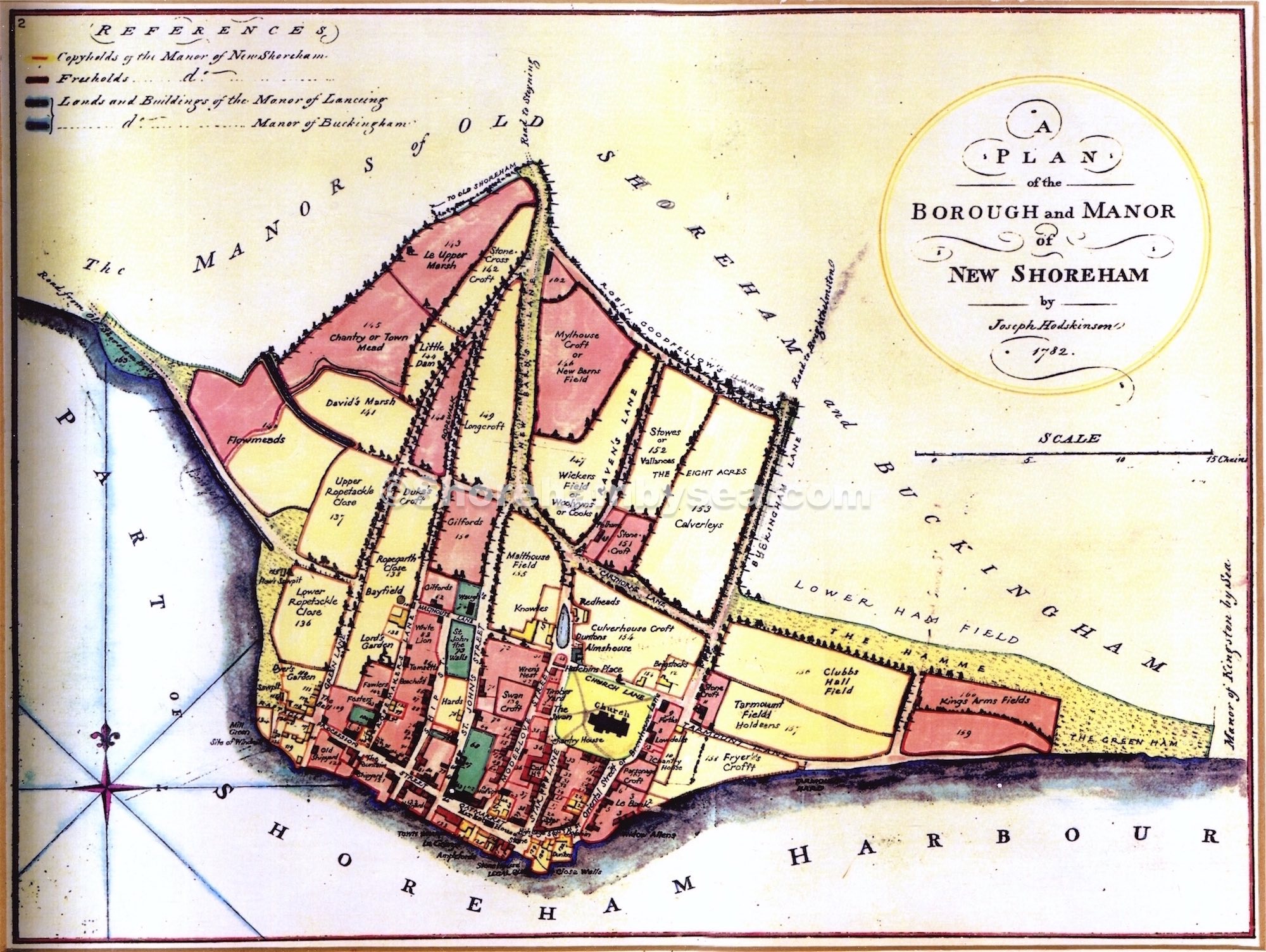
The British History Online has some detail on former street names although there are some conflicts with other sources:
Church Street was Cockin Street in 1693, perhaps the Cockins Market of 1422 and the Cook Street of 1447; East Street was the east lane in 1677.
Loman’s back lane, Mr. Norton’s lane, Patchings Lane, and Post Office Lane in the 18th and 19th centuries.
In the 14th century Moderlove Street, presumably called from the surname borne by Thomas Moderlove in 1296.West Street was the Ropewalk in the late 18th century, presumably the Ropemaker’s Lane of 1720, and the medieval White Lion Street. The Mill Green of 1792 was probably called from the mill which stood south of High Street at its west end.
Unidentified names which seem to relate to the lanes running off High Street:
Sowtery Street (1432),
Brewhouse Lane (1682),
Stable Lane (1687),
Shittenbung Lane (1733),
Rotten Row (1744)
Upper and Lower Chantry roads (1793)
Malthouse Lane (1816) appear to have been further north
Butts Lane (c. 1700) was evidently one of those leading to the cross.
Paul Osborne, 2024


Can you tell me about Oxen Avenue, or is that self explantory?
And any history attached to Windlesham Gardens where The Manse belonging to the Methodist church used to be? I lived in Eastern Avenue. Your Uncle Norman and Auntie Jessie were my parents. Hello cousin!
Hi Sue, I visited the manse a few times. I believe it was this one in the NW corner.
https://www.google.com/maps/@50.8378888,-0.2730058,3a,75y,318.45h,85.28t/data=!3m7!1e1!3m5!1sXtSpOac09Kg9sTGzJpERig!2e0!6s%2F%2Fgeo1.ggpht.com%2Fcbk%3Fpanoid%3DXtSpOac09Kg9sTGzJpERig%26output%3Dthumbnail%26cb_client%3Dmaps_sv.tactile.gps%26thumb%3D2%26w%3D203%26h%3D100%26yaw%3D191.86896%26pitch%3D0%26thumbfov%3D100!7i13312!8i6656
Loved this post – thank you. Do you know why Queens Place is called Queens Place other then something related to Queen Victoria.
Hi does anyone know the origin of Moderlove street off Shoreham High Street
Hello Lynn, the following comes from Henry Cheal’s book “The Story of Shoreham”.
Moderlove Strete was the present Middle Street, and its ancient name presumably had some connection with the cult of the Virgin Mary. Possibly in those far-off days the rents of the property in this street were devoted to the upkeep of “the chantry at the altar of the Blessed Mary” in New Shoreham church and for the maintenance of the chantry priest.